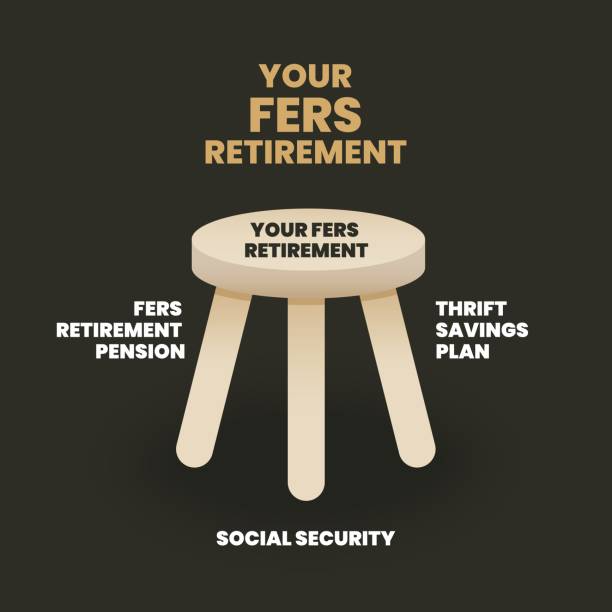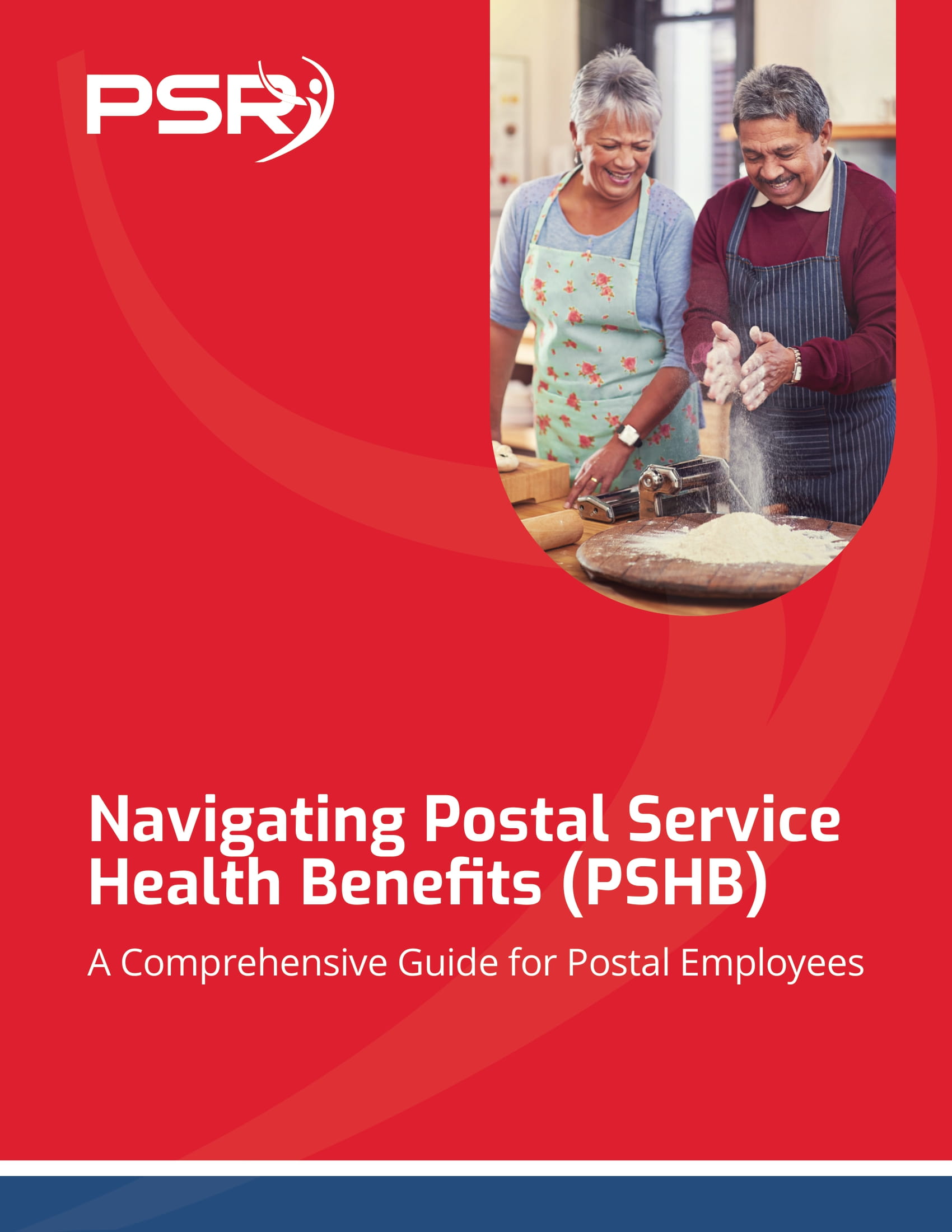What is the optimum retirement age for government employees? A federal career is filled with significant achievements. Everyone is afraid of getting older, yet with the federal government, turning 62 might be a reason to celebrate financially. Law enforcement, firefighters, and air traffic controllers, who must retire at age 57, are exempt from this rule.
Additionally, reaching age 62 has no bearing on meeting your minimum retirement age (MRA).
Federal employees can become eligible for a Federal Employees Retirement System (FERS) annuity when they meet several years of service and age restrictions. The average employee’s MRA might range from 55 to 57 years old, depending on your birth year. You can continue receiving your Federal Employees Health Benefits (FEHB) in retirement if you reach your MRA and have sufficient service years.
- Also Read: FAA, Law Enforcement, and Special Federal Employee Categories—Here’s What Makes Their Retirement Unique
- Also Read: Blending Private and Public Sector Retirement Plans Is Complicated—Here’s Where Couples Get It Wrong
- Also Read: The Silent Shift in Postal Service Retirement Benefits That Could Change Everything by 2026
The Social Security bonus is supplied along with their FERS annuity if they opt to retire between 55 and 61. The Social Security supplement expires at age 62. The choice to choose an SSA benefit at age 62 or to defer it until a later date is then available to retired employees.
The government offers a sizable incentive if you can postpone retirement until the age of 62. Let’s use two federal employees earning $100,000 each and 30 years of service as an example. One worker will receive a $30,000 annual FERS pension if they retire at age 60. If the other worker is 62, their pension will be $33,000 a year.
This is caused by the fact that a federal employee’s FERS multiplier increases from 1.0 to 1.1 at age 62, increasing their annuity by 10%. If an employee works past the age of 62, the 1.1 multipliers are retained. Many workers leaving their jobs before turning 62 are unaware of this advantage and do not realize how much they are leaving behind.
Why, then, does the government act in this way?
Because the federal government was not required to pay the Social Security supplement when you retire at age 62 in the case above, the supplement would be paid from the time you turn 60 until your 62nd birthday. The 10% increase in annuity payments is a financial incentive for workers to continue working until age 62.
That’s right, a motivator. You have an additional choice while deciding whether to leave government service. Therefore, you should consider your financial possibilities before retiring.
Need a 10% Return That Is Guaranteed? Postpone filing for Social Security benefits.
It is simple to enjoy a cash flow guaranteed for life (and for the surviving spouse) and doubles in nominal value by electing to postpone retirement benefits from age 62 to age 70. It is equivalent to a compound annualized growth rate of 10% to compare the nominal annualized cash flow starting at age 70 to that starting at age 62. Delaying Social Security can be an efficient and guaranteed strategy to increase your future income because that return may be difficult for the stock and bond markets to match.
Example: A retiree earning $200,000 in 2021 decides to quit working. They reach retirement age in June 2022 and have a sizable retirement portfolio thanks to their recent career savings and investments.
The Quick Calculator indicates that if they begin receiving benefits:
• In June 2022, at age 62, they will receive $2,269 per month.
• In June 2030, when they turn 70, they will receive:
– $4,901 per month (in 2030 dollars)
– $3,996 per month (in 2022 dollars).
Their monthly benefit has increased by 115% by waiting until age 70, or roughly 10.1% compounded annually, over eight years if we use 2030 dollars (which will buy less than today’s 2022 dollars).
The estimated 2030 payout will be $3,996 per month if we use inflation-adjusted dollars representing the dollar value in 2022 purchasing power terms. The inflation-adjusted compound annual growth rate for the benefit amount over those eight years of waiting to collect is around 7.3% per year. This is 76% more than the amount at age 62.
Contact Information:
Email: [email protected]
Phone: 2129517376
Bio:
M. Dutton and Associates is a full-service financial firm. We have been in business for over 30 years serving our community. Through comprehensive objective driven planning, we provide you with the research, analysis, and available options needed to guide you in implementing a sound plan for your retirement. We are committed to helping you achieve your goals. Visit us at MarvinDutton.com . Tel. 212-951-7376: email: [email protected].













